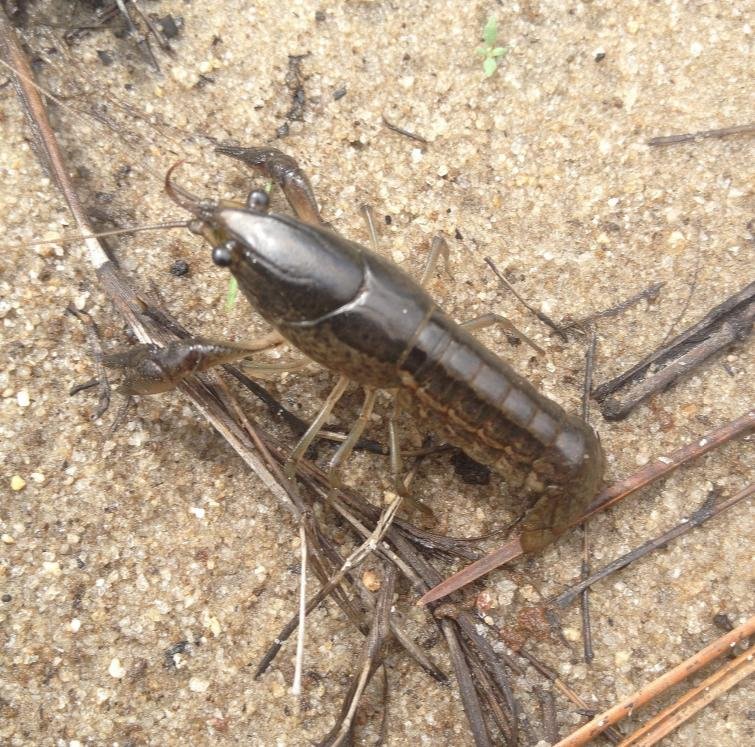For Immediate Release, January 4, 2022
|
Contact: |
Jaclyn Lopez, (727) 490-9190, jlopez@biologicaldiversity.org |
Florida’s Panama City Crayfish Protected Under Endangered Species Act
ST. PETERSBURG, Fla.— The U.S. Fish and Wildlife Service today protected the Panama City crayfish as a threatened species with 4,138 acres of critical habitat.
The Center for Biological Diversity petitioned the Service in 2010 to list the crayfish under the Endangered Species Act. Following a 2013 Center lawsuit, the Fish and Wildlife Service finally proposed protection for the species in 2018. After the Service failed to finalize protection, the Center sued again, resulting in today’s safeguards.
“I’m relieved the Panama City crayfish is finally getting the protection it needs to survive, but it shouldn’t have taken 12 years and two lawsuits to get here,” said Jaclyn Lopez, Florida director at the Center. “The Fish and Wildlife Service desperately needs reform to ensure that its scientists are free to expeditiously use the best available science to provide these life-saving measures.”
The Panama City crayfish is native to northwestern Florida, where it historically lived in flatwoods and wet-prairie marshes in Jefferson, Leon and Wakulla counties. With rampant residential sprawl, the crayfish has lost most of its habitat, and its remaining habitat is fragmented. Just 12 isolated populations remain.
Other threats to the crayfish include farming and grazing, silviculture practices, wetlands draining, and collection for bait. Because the remaining populations are fragmented, these threats are worsened by climate change’s effects, in particular hurricanes, sea level rise, saltwater intrusion and drought.
“This crayfish, like so many of Florida’s plants and animals, has been harmed by unchecked sprawl and now stands on the frontline of the climate crisis,” said Lopez. “Florida’s wetlands, where the crayfish makes its home, are vital to healthy waters. By protecting the crayfish, we’re also ensuring these ecosystems have a chance to thrive.”

The Center for Biological Diversity is a national, nonprofit conservation organization with more than 1.7 million members and online activists dedicated to the protection of endangered species and wild places.

